Pterodactylus
Name Origin
Winged Finger
Family
Pterodactylidae
Classification
Reptilia, Pterosauria
Habitat (Discovery Location)
Germany, France, United Kingdom, Tanzania
Period
150 to 144 million years ago (Late Jurassic)
Length
Approximately 1 meter
Weight
Approximately 1 to 5 kilograms
Diet
Carnivore (Meat-eater)
 Jurassic
Jurassic
Park / World Featured Dinosaur
Appearance in Jurassic Park
It does not appear as a living creature in the film.
However, its skeleton can be seen embedded (or carved) as a fossil monument into the mural on the main entrance wall of the Visitor Center (next to the main gates). This marks the only appearance of Pterodactylus in the movie.


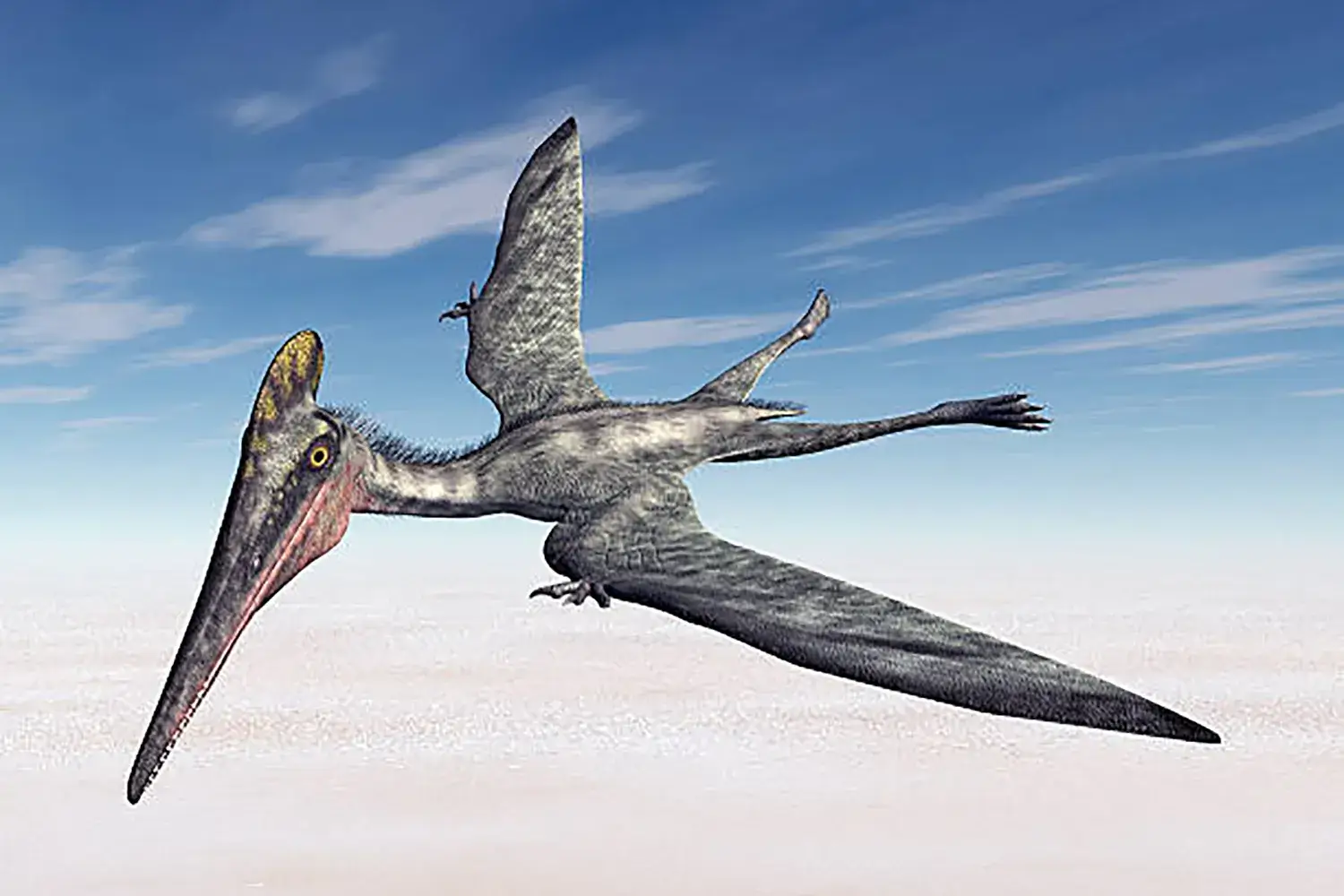
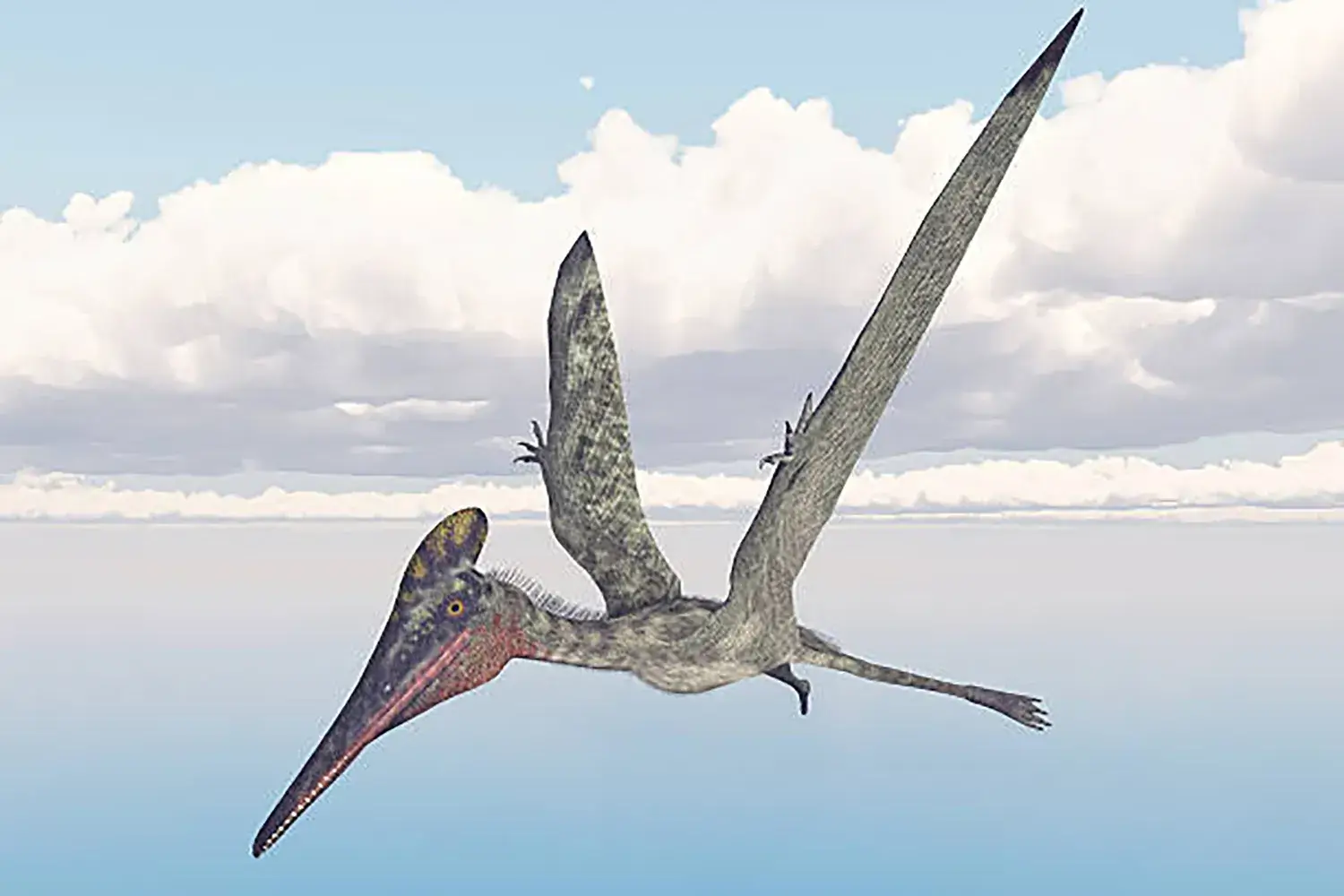
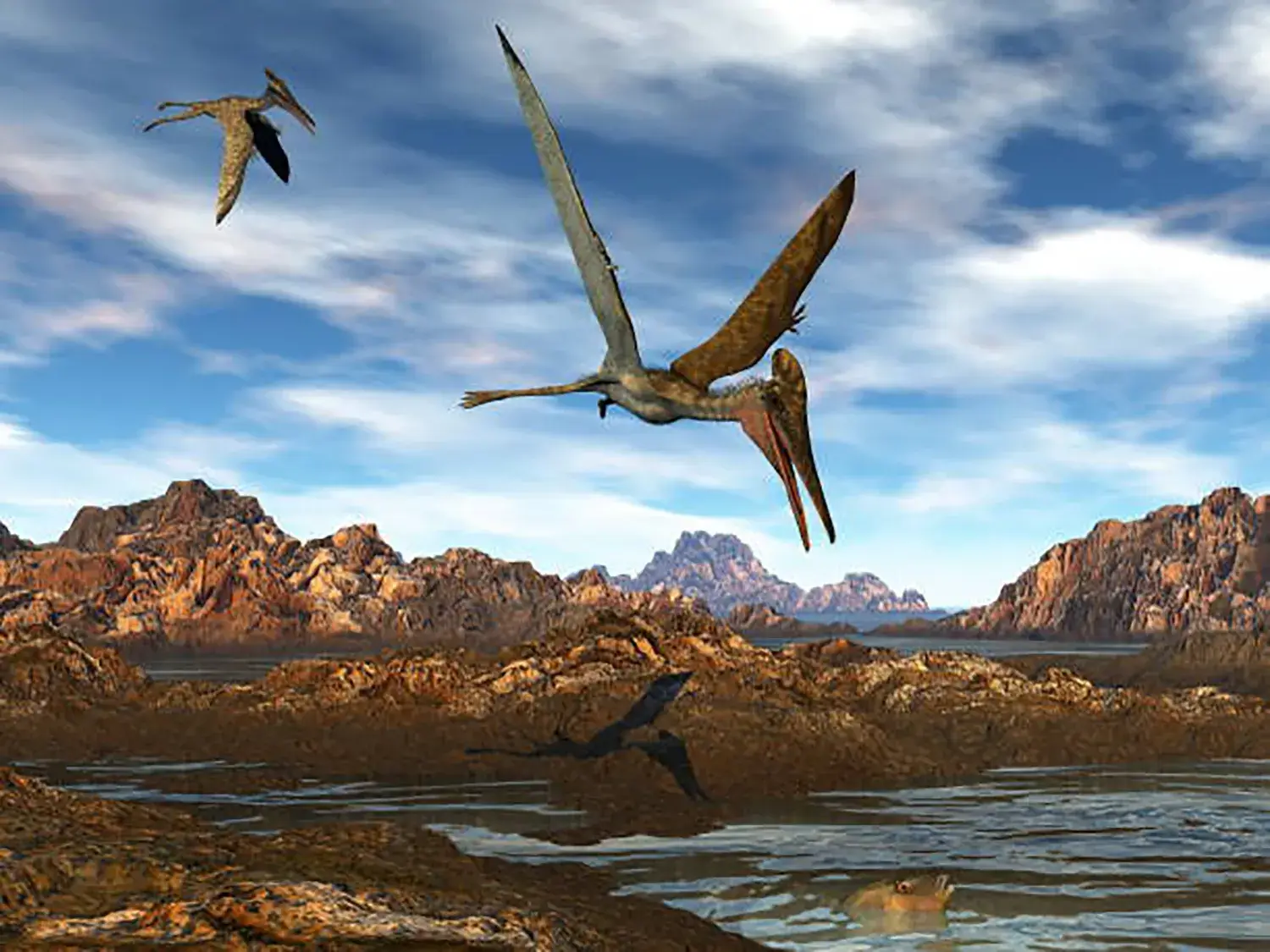
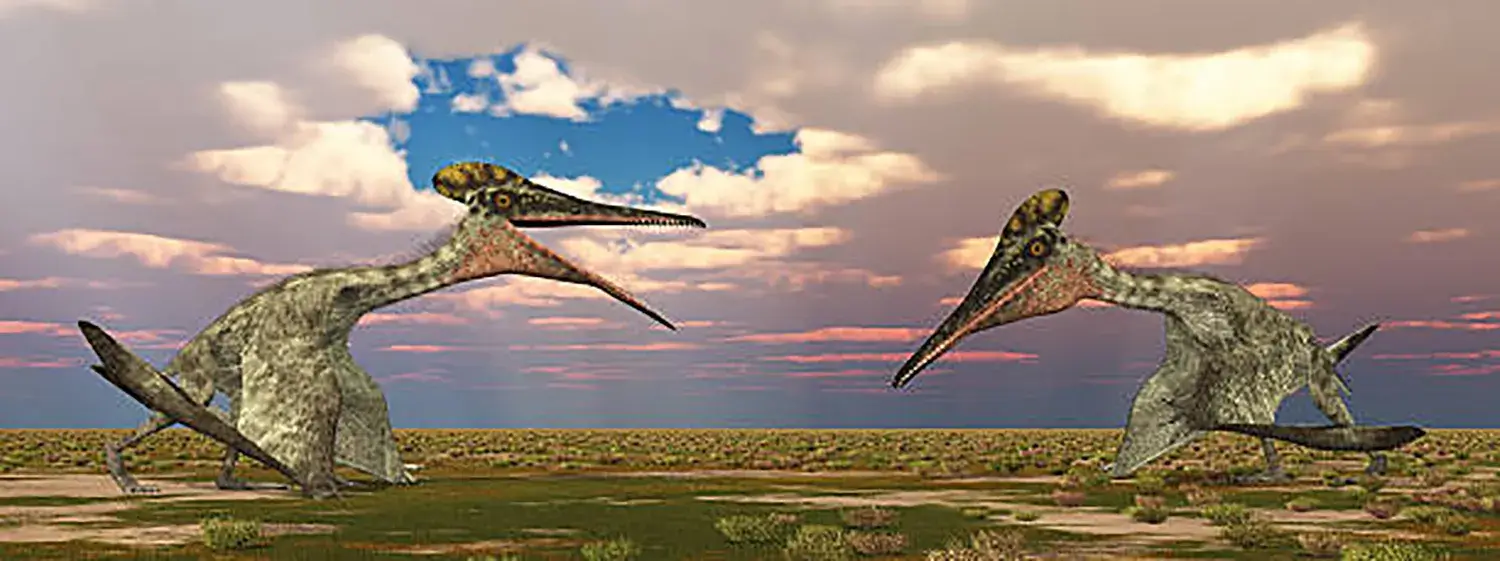
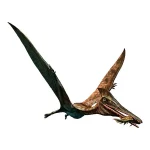
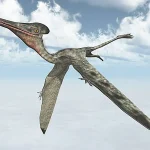
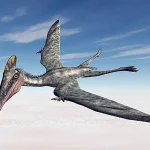
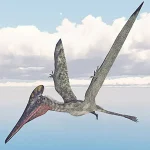
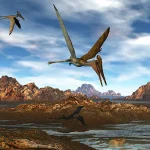
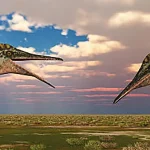
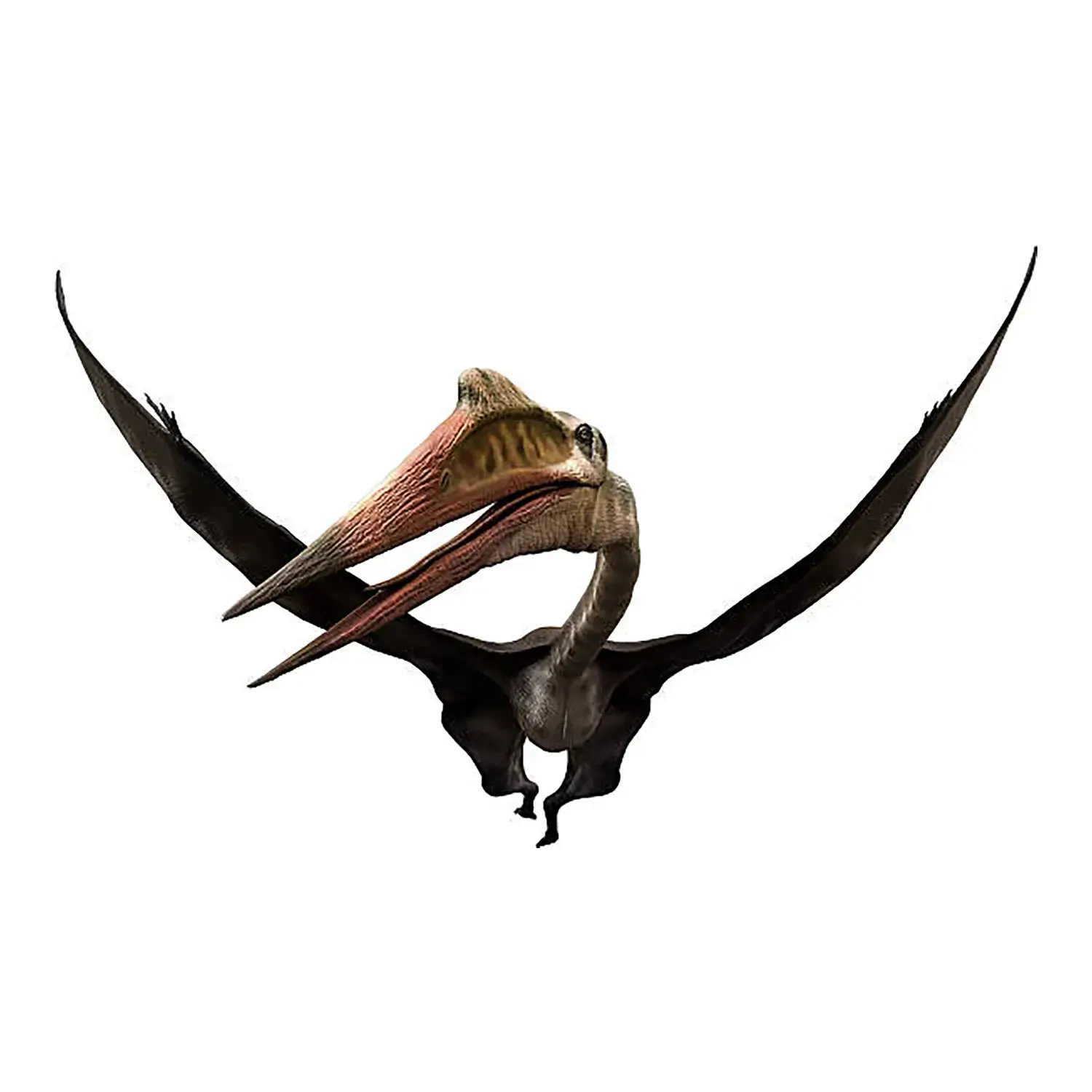
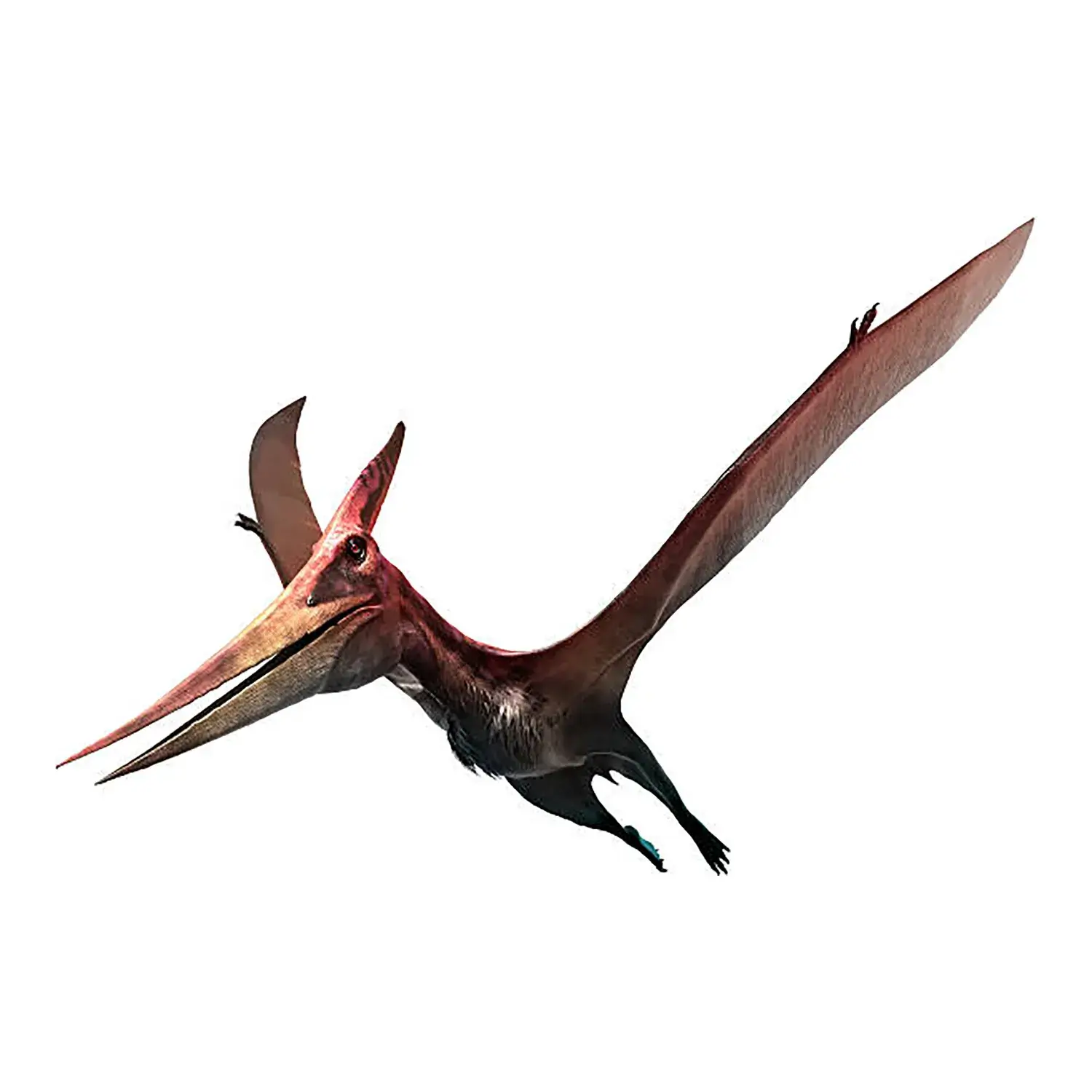
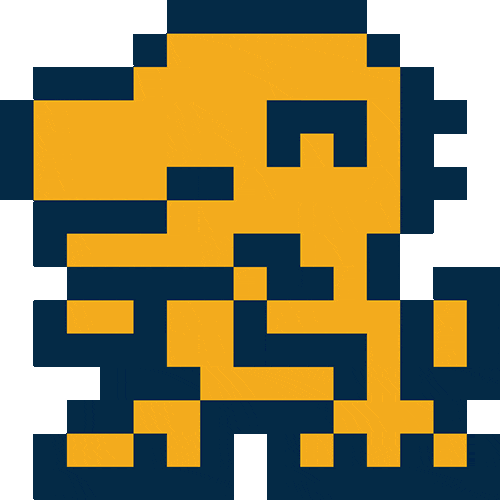
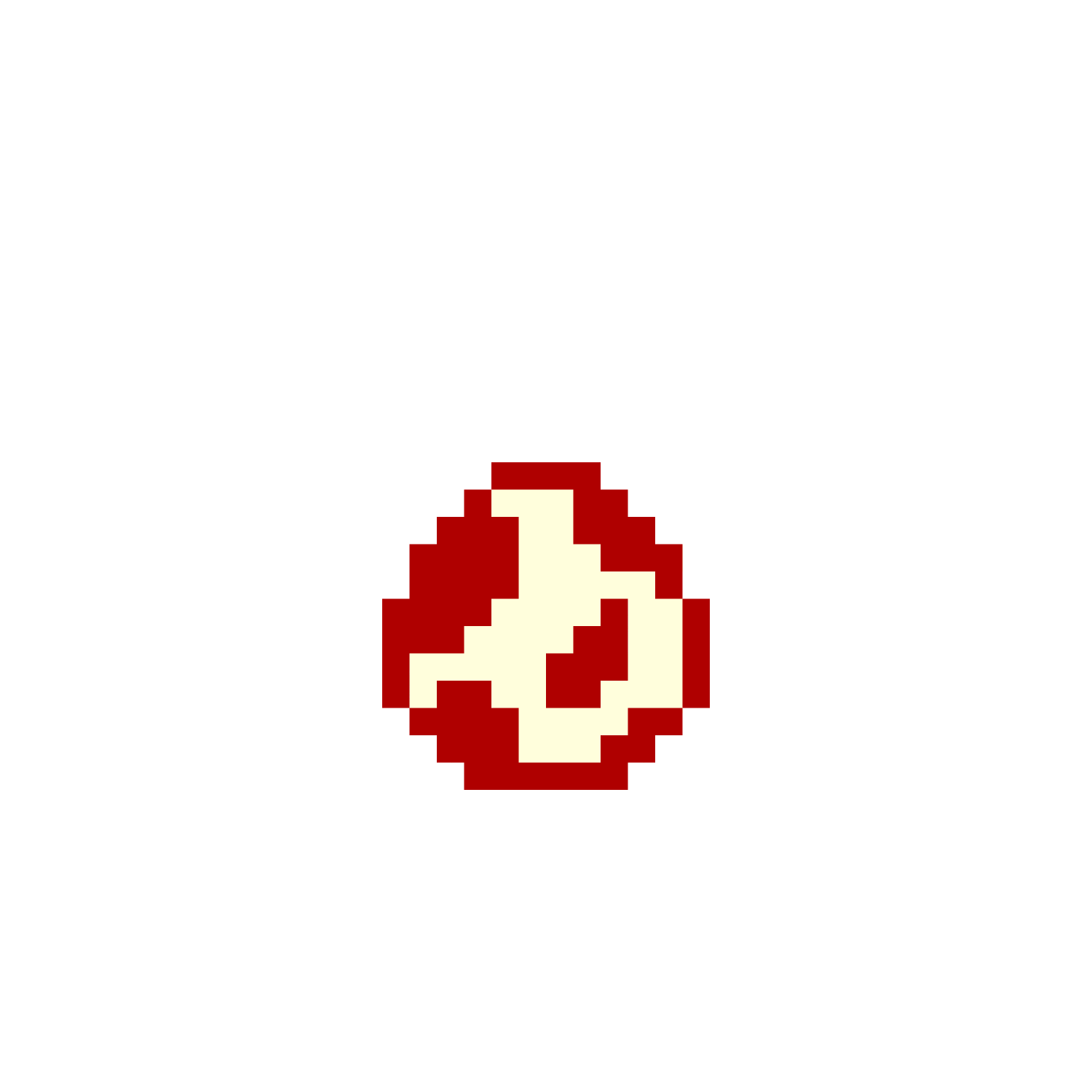
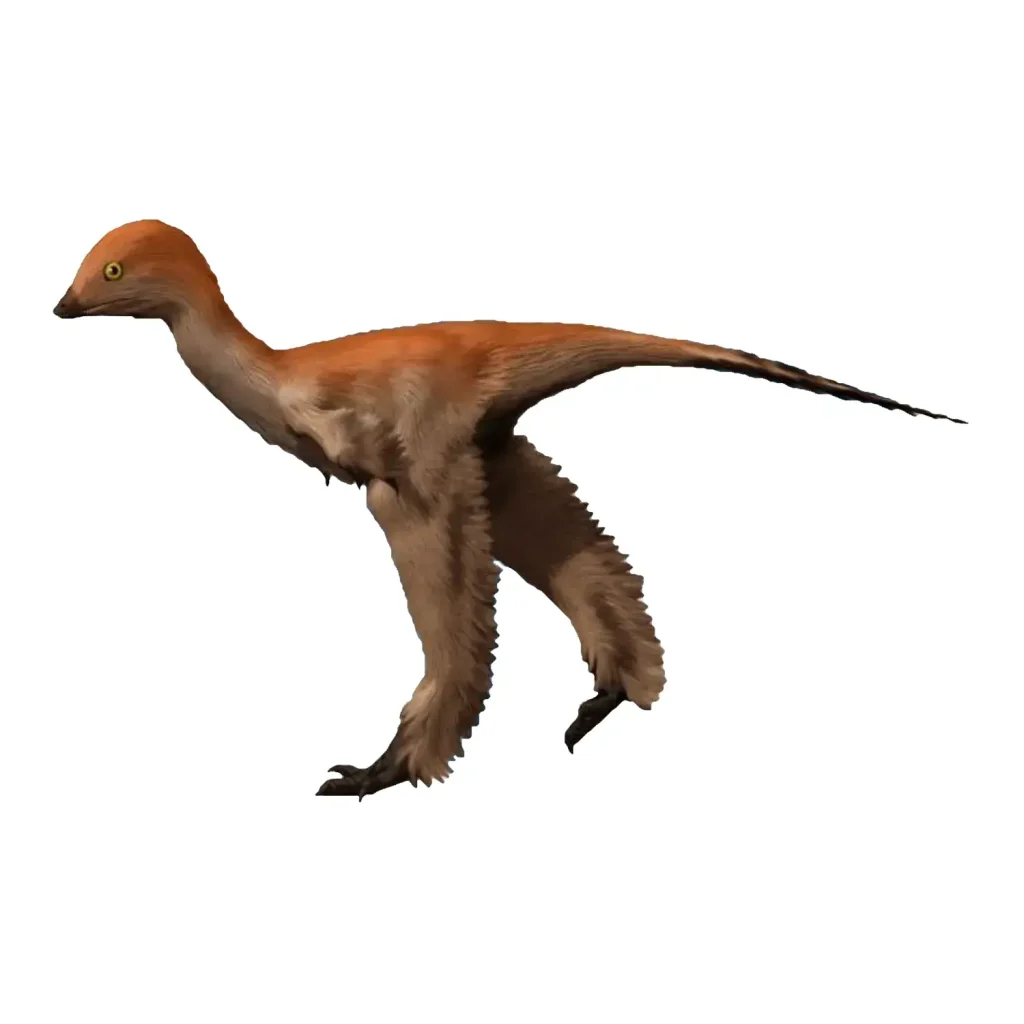

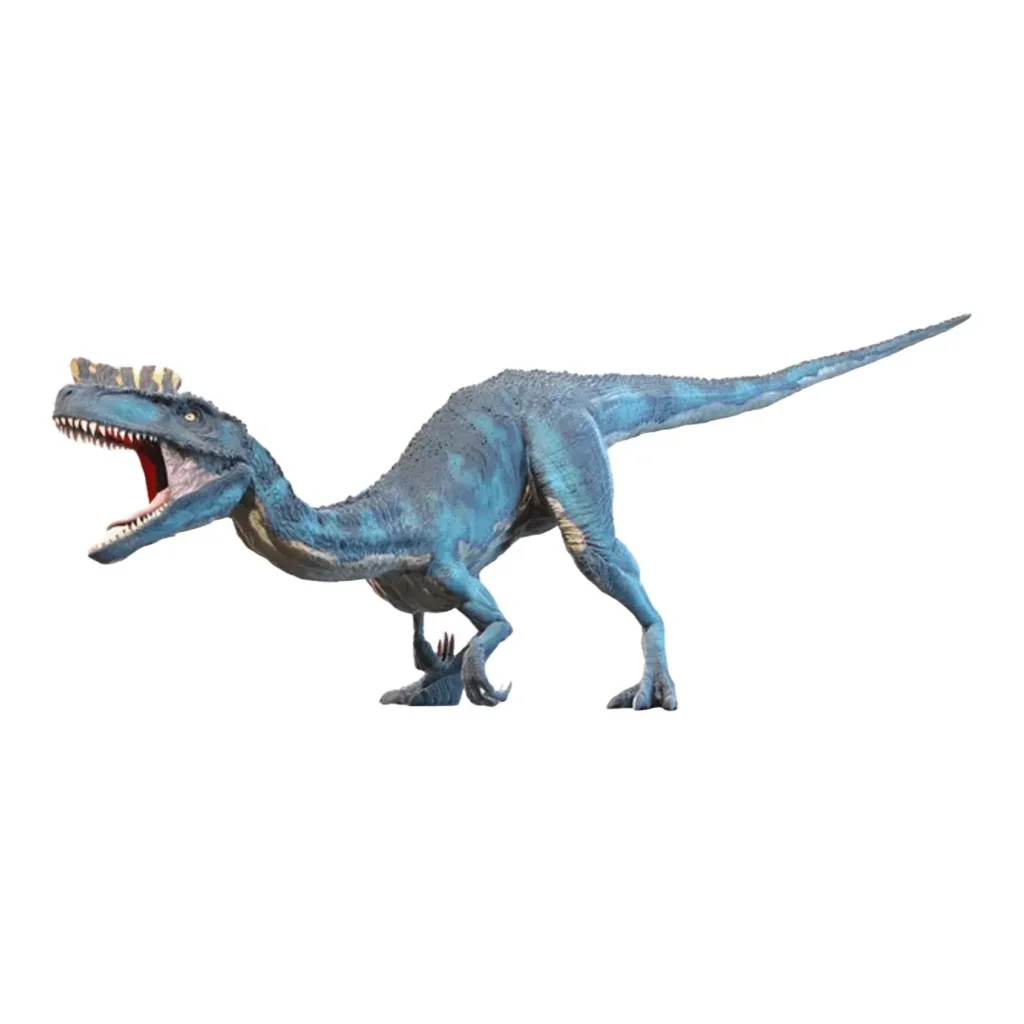













Description
Pterodactylus is the most famous pterosaur that appeared in the Late Jurassic period.
Its name means “winged finger,” and as the name suggests, it had a unique body structure in which a very long fourth finger supported its wing membrane.
It had a unique body structure with a long fourth finger supporting the wing membrane
It was one of the first pterosaurs ever discovered, with its fossils found in the late 1700s.
A Storied Past and Scientific Progress
When it was first discovered, Pterodactylus was mistaken for a type of bat.
However, it was later revealed to be a pterosaur, distinct from bats, when it was determined that its wings were supported by just a single finger.
In the 19th century, numerous specimens were excavated across Europe, and its name became famous overnight.
However, at the time, there was a bad practice in the paleontology community of easily classifying similar fossils as Pterodactylus.
As a result, confusion arose, with the name being given to many different pterosaurs, and even to some creatures that weren’t pterosaurs at all.
Today, with the progress of science, species have been reclassified and this confusion has been resolved.
Flight Capabilities and Surprising Physical Characteristics
Pterodactylus was one of the smaller pterosaurs, about the size of a lark or pigeon.
With a skeleton full of hollows, its body was very light, which made self-powered flight possible.
It is believed to have been a highly maneuverable flier, much like a bat.
It is believed to have been a highly maneuverable flying animal, much like a bat.
Compared to earlier pterosaurs, it was characterized by its long wings, long neck, and short tail.
Its body was covered in hair-like fibers, and it even had a mane on the back of its neck.
Based on these features, it is presumed that they were endothermic (warm-blooded) animals that could regulate their own body temperature.
Diet and Life Cycle
Pterodactylus inhabited coastlines and shallows, where it primarily ate small fish and insects.
Its long snout had sharp teeth at the front, which were well-suited for catching slippery fish, and the tip of its mouth had a keratinous beak, just like a bird.
There is also a theory that it had webbed feet on its hind limbs, and it may have walked along coastlines and shallows to hunt for prey.
It also walked along coastlines and shallows to hunt for prey
Fossils discovered in the 1990s revealed that Pterodactylus not only used its hind legs but also its folded forelimbs to support its body on the ground.
Based on these features, it is believed that Pterodactylus had a lifestyle similar to that of modern birds.
Its remarkable adaptability and unique body structure may have been one of the reasons it was able to continue to thrive until the Late Cretaceous period.